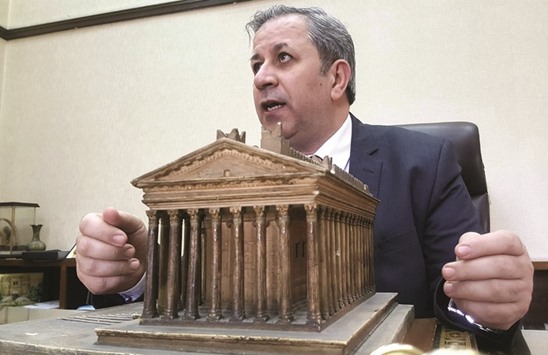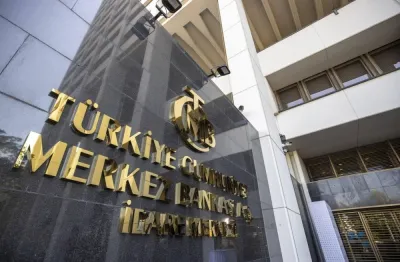Syria’s antiquities chief yesterday hailed the “imminent” recapture of the ancient city of Palmyra from the Islamic State group and vowed to rebuild the famed monuments the militants have destroyed.
“I have feelings of fear and joy,” Maamoun Abdelkarim told AFP as government troops and militia prepared for a final assault on the city.
“I am so happy that the liberation is imminent... and that the nightmare is nearly over, before it is too late, before the total destruction of the ancient city.”
IS overran Palmyra - a Unesco world heritage site renowned as the “Pearl of the Desert” - last May.
Three months later, the militants beheaded the city’s 82-year-old former antiquities chief Khaled al-Assaad and launched a campaign of destruction against its most treasured monuments.
First they destroyed the ancient shrine of Baal Shamin. In September, they demolished the 2,000-year-old Temple of Bel, a gem of Classical architecture. In October, they blew up the Arch of Triumph, dating from around 200 AD.
“I think this 10-month period has been the worst of our lives,” Abdelkarim said.
“How many times have tears welled up in our eyes because we felt powerless to save a civilisation that was threatened with being erased before our eyes.
“I fear finding even worse destruction than the demolition of the two temples, of the dozen tower tombs and the Arch of Triumph.”
Abdelkarim pledged that all monuments destroyed by IS would be restored with expert help.
“We will rebuild the two temples under supervision from Unesco and other international organisations. The message of the Syrian people is that we cannot leave the two temples in ruins. We are determined to bring Palmyra back to life,” he said.
“Palmyra is not just Syria’s heritage, it is the world’s heritage and must be shared.”
Abdelkarim said he would head to the city as soon as the army had secured control.
“The liberation of Palmyra will go down in history, at least in the history of the Middle East,” he said.
“I believe it will be as significant an event as the Normandy landings by the Allies in World War II.”
The oasis city of Palmyra was a major centre of the ancient world as it lay on the caravan route linking the Roman Empire with Persia and the east.
Situated about 210km northeast of Damascus, it drew some 150,000 tourists a year before it became engulfed by Syria’s devastating civil war.

Syria’s antiquities chief Maamoun Abdelkarim discusses a model of the Bel Temple during an interview with AFP at his office in Damascus.


